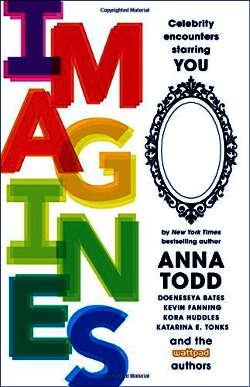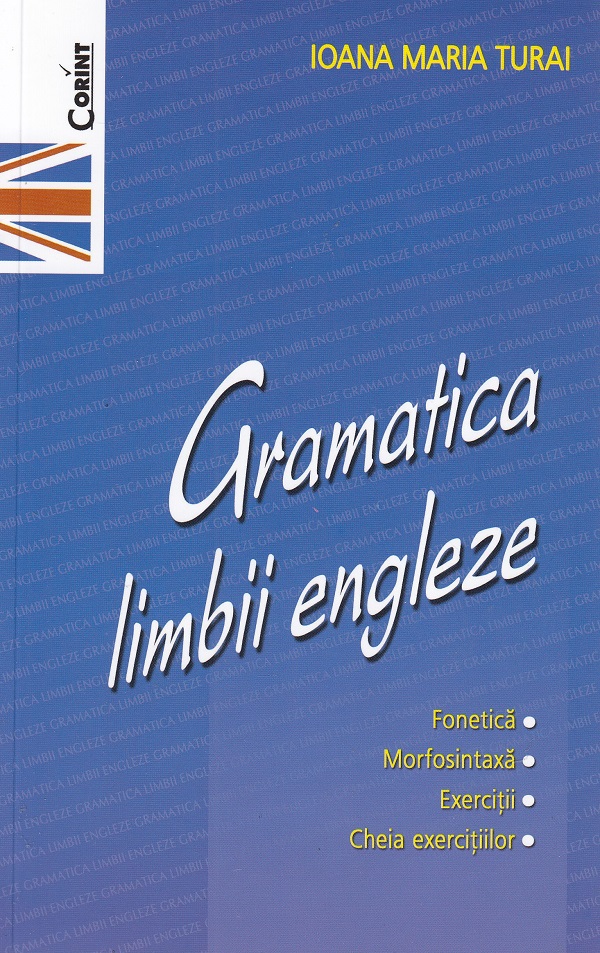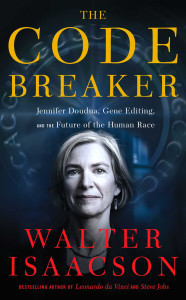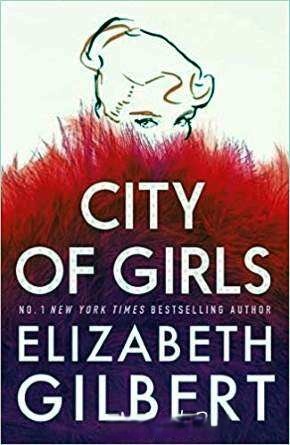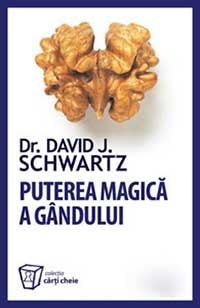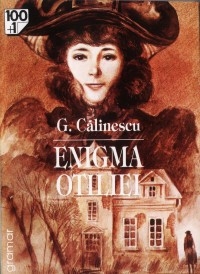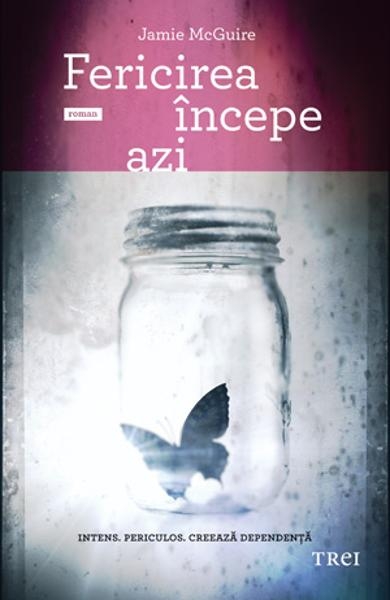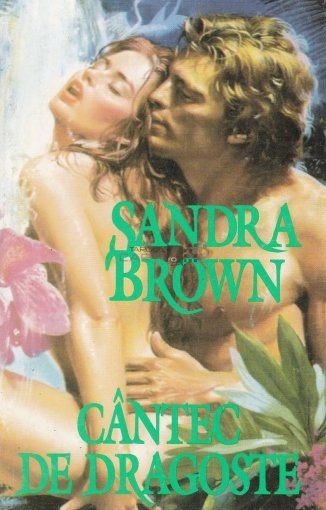Autor James Ellroy
Categorie De specialitate
Subcategorie Limbi Străine
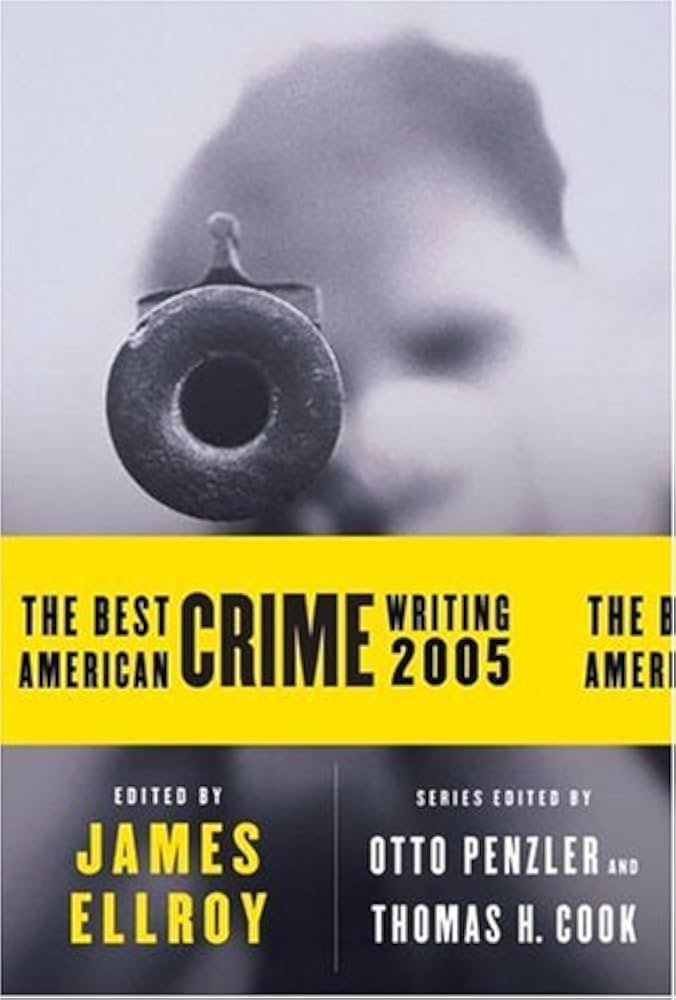
THE YEAR 2004 WA S profoundly political. Thus it was not sur prising that a great deal of newspaper and magazine space was given over to the Democratic primaries and, later, to the presidential cam paign. Nonetheless, the best of our nation’s crime writers were not silenced by the crashing symbols of our quadrennial bash. Amid all the hoopla, they made their voices heard, and the finest of those voices have been gathered into this, the fourth volume of Best Amer ican Crime Writing. As in previous editions, the tone of those voices vary tremen dously. There is sadness in the voice of Peter Landesman as he relates the tragic plight of “The Girls Next Door.” In “Stalking Her Killer,” Philip Weiss’s voice seems eternally haunted by a murder that was solved ...but never punished. Comic irony pervades Jonathan Miles’s tale of bar-brawling, while the irony of Neil Swidey’s “The Self-Destruction of an M.D.” is very dark indeed. Bruce Porter, Justin Kane, and Jason Felch record a similarly dark descent in “A Long Way Down” and “To Catch an Oligarch.”
A similar descent leads to murder in Debra Miller Landau’s riveting “Social Dis graces.” There is, as always, variety in subject matter as well, from the gentlemanly art of stealing silver in Stephen J. Dubner’s “The Sil ver Thief,” to simple larceny in Skip Hollandsworth’s “The Family Man,” to the maddening antics of Internet hackers described in Clive Thompson’s “The Virus Underground,” and finally to the terrible slaughter both threatened and envisioned by Lawrence Wright’s “The Terror Web.” Apprehension, or the lack of it, is the subject of three of our dis tinguished contributors. Robert Draper chronicles the inexcusable escape of a group of deadly terrorists in “The Ones that Got Away,” while Craig Horowitz’s “Anatomy of a Foiled Plot” details the fortunate capture of a group of criminals before they had a chance to commit their awesome crime. Finally, there are certain pieces that simply defy categorization. Jeff Teitz’s “Fine Disturbances” portrays in finely nuanced detail the intuitive brilliance of a great tracker.
In “Mysterious Circumstances,” David Grann investigates the death (by murder or misadventure) of the world’s foremost collector of Sherlock Holmes memorabilia. Here then, and with great pride, we present this year’s collection of the Best American Crime Writing, tales that will delight and sadden you, inspire both awe and disbelief, but always stories that display, in full color, the variety of human malfeasance, and thus the poles not only of criminal experience, but the whole checkered history of our kind. In terms of the nature and scope of this collection, we defined American crime writing as any factual story involving crime or the threat of a crime by an American or Canadian and published in the United States or Canada during the calendar year 2004. We exam ined a huge array of publications, though inevitably the pre eminent ones attracted many of the best pieces. All national and large regional magzines were scanned, as well as nearly two hun dred so-called little magazines, reviews and journals.
Listată pe: 15 august 2024
TOP 10 Cărți
